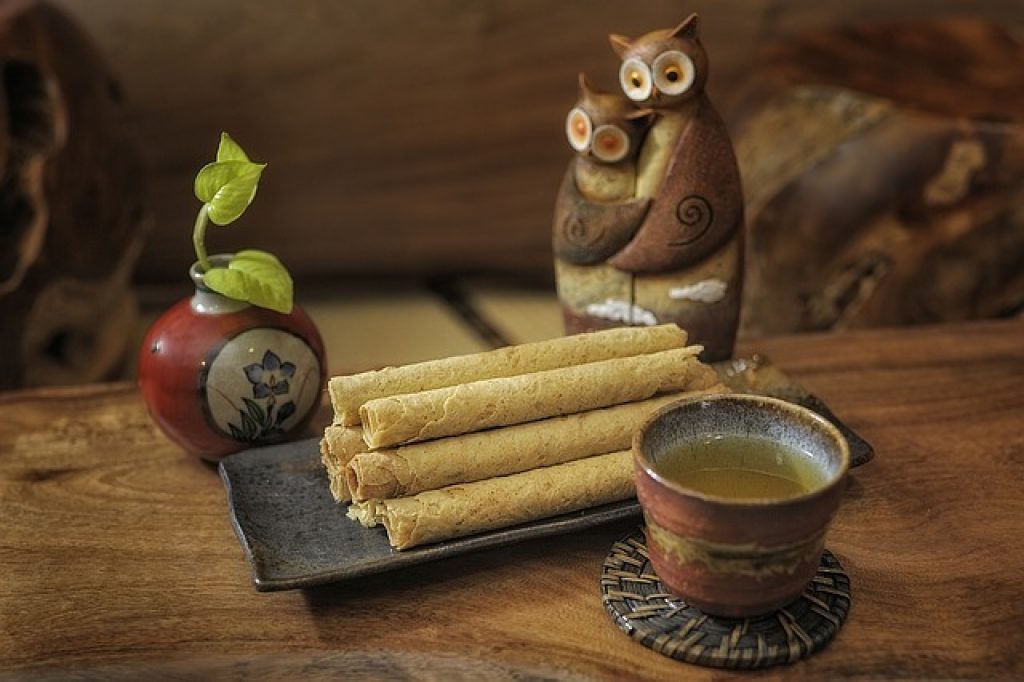Brewing tea might seem like an easy enough task but there are subtle nuances, which if ignored, can produce a mediocre cup of tea full of tannins or other bitter tasting compounds. Such variances for brewing tea might include differences such as the amount of material, temperature of the water, or even the steep time.
Below we are going to discuss the most common forms of tea, as well as the recommended water temperature and steep times for Western-Style tea brewing.
Table of Contents
White Tea
White tea is the least processed tea variety and has minimal processing.
Often it is simply picked from the plant and dried.
White tea has minimal caffeine.
Quantity: 1 – 2 Teaspoons
Brew Time: 3 to 4 Minutes
Water Temperature: 170 to 180 Fahrenheit
Green Tea
Green tea is most popular in Japan but has grown to prevalence in recent history.
The flavor profile of green tea is typically grassy, vegetal, floral, nutty, and slightly sweet.
Popular varieties include strains such as sencha, longjing, genmaicha, and matcha.
Green tea contains caffeine, but the amount can vary quite a bit depending on the tea.
Quantity: 1 – 2 Teaspoons
Brew Time: 1 to 3 Minutes
Water Temperature: 170 to 180 Fahrenheit
Black Tea
The most common tea variety in the western world would be black tea.
Black tea is known for its rich and bold flavor profile, and it pairs well with cream and sugar.
Black tea typically has a high caffeine content.
Quantity: 1 – 2 Teaspoons
Brew Time: 3 to 5 Minutes
Water Temperature: 190 to 210 Fahrenheit
Oolong Tea
Oolong tea is also sometimes called ‘wu long’.
Oolong tea often holds a complex depth of flavor.
Oolong tea contains a moderate amount of caffeine.
Quantity: 1 – 2 Teaspoons
Brew Time: 3 to 5 Minutes
Water Temperature: 170 to 180 Fahrenheit
Pu’er Tea
Pu’er is a style of fermented tea from the Yunnan province of China.
Quantity: 1 – 2 Teaspoons
Brew Time: Variable
Water Temperature: 190 to 210 Fahrenheit
The amount of caffeine definitely varies in pu’er tea, but some pu’er tea can contain strong amounts of caffeine.
Herbal Tea
Herbal tea typically consists of herbs, fruits, roots, and flowers.
An example of common ingredients could include things such as rose, licorice, lemon, or ginger.
Most types of herbal tea contain no caffeine, outside of a few plants such as yerba mate.
Quantity: 1 – 2 Teaspoons
Brew Time: 3 to 5 minutes, but sometimes up to 10 minutes.
Water Temperature: 190 to 210 Fahrenheit
Tips
- Many loose-leaf teas are good for a second or third brewing if you would like another cup.
- When brewing loose-leaf tea it is best to let it diffuse in a container where the leaves can unfurl.
- As a rule of thumb, 2 grams of tea leaf per cup of tea is usually suitable.
- Using clean, fresh water is always recommended.
- For iced tea, double the amount of leaf used for a bolder flavor.

